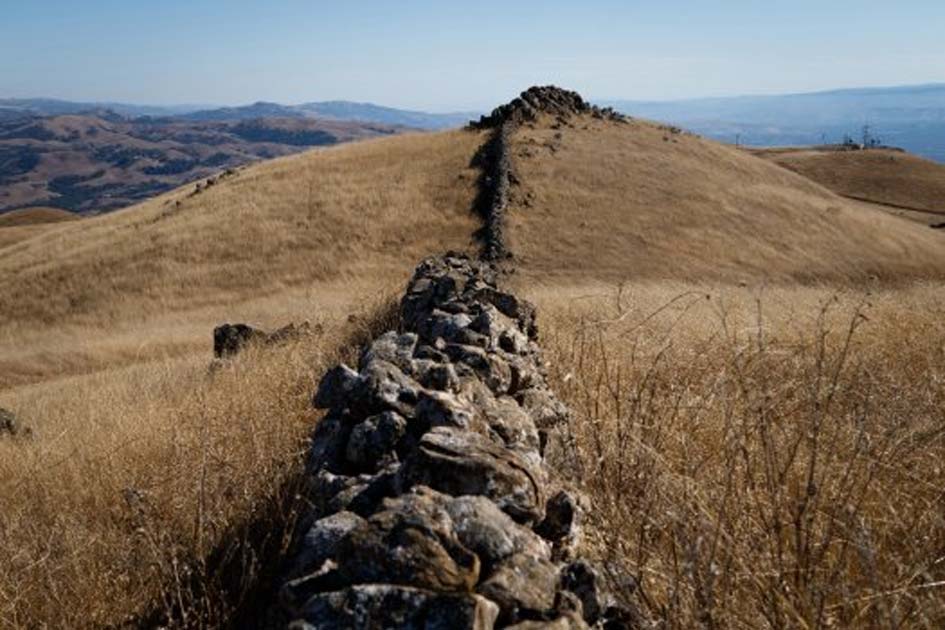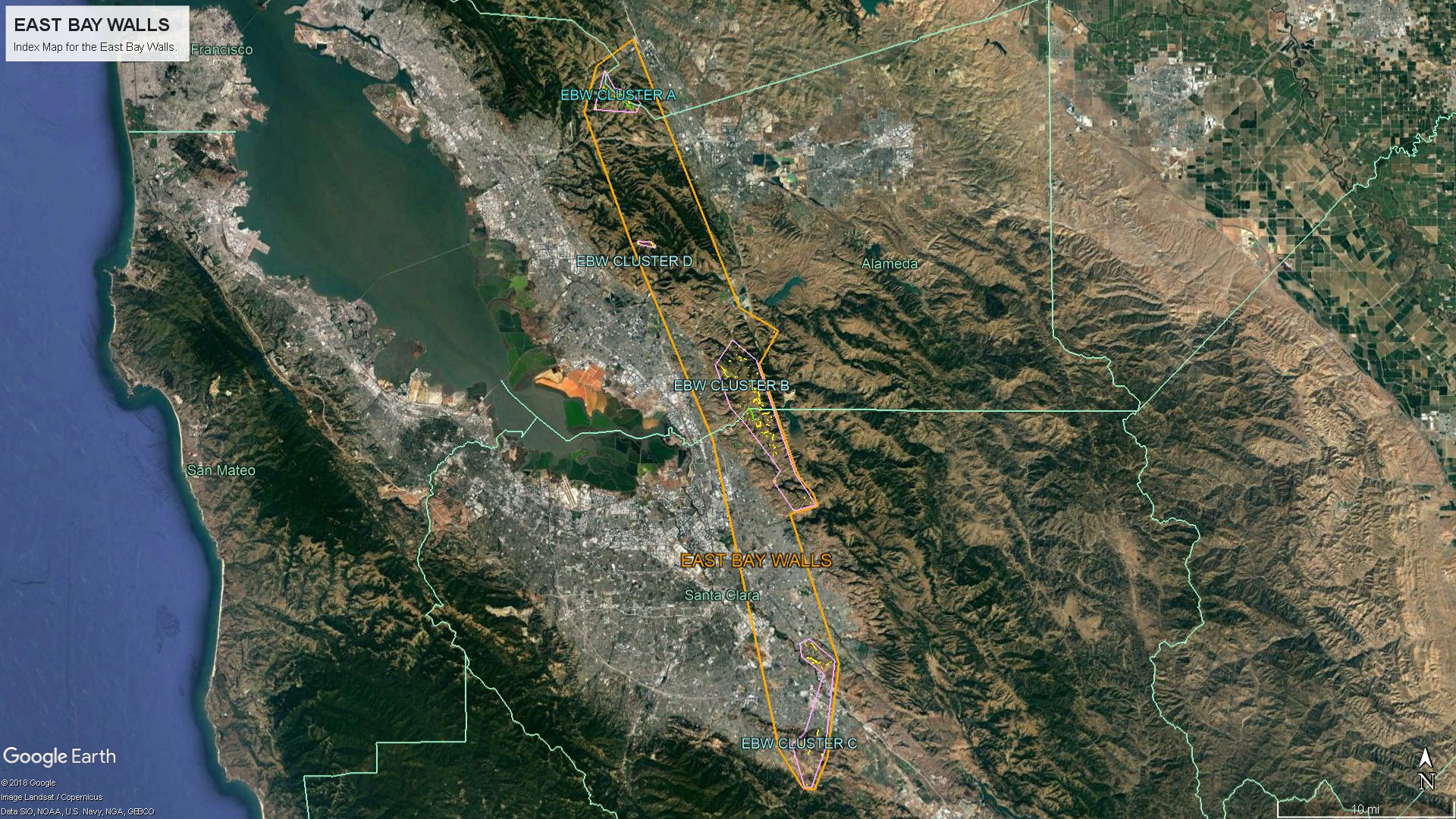
The Stone Heart of the City: Unearthing the Enduring Allure of East Bay Walls
Perched precariously on a slab of ancient chert, fingers crimping onto razor-thin edges, a climber moves with a dancer’s grace, muscles straining against gravity. Below, the urban hum of Berkeley fades into a distant symphony, replaced by the rustle of eucalyptus leaves and the soft scrape of chalked hands on rock. This isn’t a remote mountain wilderness, but the vibrant, accessible, and historically rich climbing landscape known affectionately as the East Bay Walls.
For over a century, these scattered outcroppings of rock, primarily within Berkeley and Oakland, have served as both a proving ground for legendary mountaineers and a beloved local playground for climbers of all stripes. From the iconic Indian Rock to the tucked-away gems of Cragmont and Mortar Rock, these walls represent a unique intersection of urban life and raw, natural challenge, offering a tangible connection to the earth beneath the concrete jungle.
A Geological Tapestry: Franciscan Chert and Ancient Forces

The East Bay Walls owe their existence to a fascinating geological history, predominantly composed of what geologists call Franciscan Chert. This sedimentary rock, often reddish-brown or green, was formed millions of years ago on the ocean floor from the skeletal remains of microscopic marine organisms called radiolarians. Over eons, tectonic plate movements uplifted and folded these deep-sea sediments, exposing them as the distinctive, knobby outcroppings we see today.
Unlike the smooth, monolithic granite of Yosemite or the fractured sandstone of other climbing areas, Franciscan Chert presents a unique texture. Its rough, often sharp edges and varied composition – sometimes a blend with tougher basalt or softer shale – demand a specific climbing style. Climbers must master precise footwork, delicate balance, and powerful finger strength to navigate its intricate features.
"It’s a really technical rock," explains Dr. Evelyn Reed, a local historian and avid boulderer who has been climbing the East Bay Walls for over thirty years. "You can’t just muscle your way up everything. It forces you to think, to find the subtle nuances of the rock. It’s a masterclass in body positioning and friction."
The most famous of these formations, Indian Rock, located in the Berkeley Hills, is a prime example. Sculpted by ancient forces and polished by generations of hands, its myriad faces and overhangs offer hundreds of "problems" – specific routes or sequences of moves – ranging from beginner-friendly slabs to gravity-defying, expert-level challenges. Its sibling rocks, Cragmont and Mortar Rock, offer equally diverse terrain, each with its own character and community of regulars. Further south in Oakland, Lion Rock in Joaquin Miller Park offers a different flavor, often quieter and more secluded, with its own collection of challenging boulders amidst towering trees.
A Storied Past: Pioneers, Poets, and the Birth of American Climbing
The history of climbing on the East Bay Walls is deeply intertwined with the broader narrative of American mountaineering and environmentalism. Long before climbing became a mainstream sport, these rocks were the stomping grounds for early adventurers and members of the nascent Sierra Club. In the early 20th century, figures like David Brower, who would later become a pivotal force in the environmental movement, honed their skills on these very boulders.
Interesting Fact: Indian Rock Park was designed by Bernard Maybeck, the renowned Arts and Crafts architect, who reportedly wanted to preserve its natural beauty and ensure public access. The rock itself was a natural gathering place for local Native American tribes for millennia, hence its name.
"My grandfather used to tell me stories about climbing Indian Rock in the 1930s, barefoot sometimes!" chuckles Elias Vance, a spry 70-year-old Berkeley native and lifelong climber, his eyes twinkling with nostalgia. "They used it to train for the High Sierra, for Yosemite. It was their gym, their classroom. There wasn’t much gear back then, so it was all about skill and nerve."

The walls became a crucial training ground for the "Golden Age" of Yosemite climbing in the mid-20th century. Legendary climbers like Royal Robbins, Yvon Chouinard (founder of Patagonia), and Warren Harding all cut their teeth on these relatively accessible urban crags before venturing into the big walls of El Capitan and Half Dome. The East Bay Walls taught them the fundamentals of movement, the psychology of risk, and the importance of a strong climbing community – lessons that would define their groundbreaking ascents.
As climbing evolved from a niche pursuit to a recognized sport, the East Bay Walls continued to adapt. The advent of specialized climbing shoes, chalk bags, and crash pads in the latter half of the century transformed bouldering into its own distinct discipline, and these rocks became a mecca for the burgeoning bouldering scene. They offered a convenient, after-work, or weekend escape, allowing climbers to push their limits without the extensive gear and time commitment required for roped climbing.
The Heart of the Community: Culture, Connection, and Chalk Dust
Today, the East Bay Walls are more than just rocks; they are the beating heart of a diverse and passionate climbing community. On any given afternoon, you’ll find a lively mix of UC Berkeley students, tech workers, families, and seasoned veterans sharing crash pads, offering "beta" (advice on how to solve a problem), and cheering each other on. The atmosphere is generally welcoming and supportive, fostering a sense of camaraderie that transcends age, background, and climbing ability.
"It’s not just about the climbing; it’s about the people," says Maya Chen, a UC Berkeley student who discovered bouldering last year. "I came here knowing absolutely no one, and now I have a whole group of friends. Everyone is so encouraging. There’s a real sense of collective problem-solving and shared joy when someone finally sends a tough climb."
The accessibility of these urban crags is a major draw. Located just minutes from bustling commercial districts and residential neighborhoods, they offer an immediate escape into nature and a demanding physical workout. For many, it’s a vital antidote to the stresses of city life – a place to unplug, focus, and move their bodies in a primal way. The variety of problems ensures that both complete novices and elite climbers can find challenges appropriate to their skill level, making it an ideal place for progression and learning.
Local climbing guidebooks and online forums diligently document the hundreds of established problems, complete with difficulty ratings and descriptions. Climbers often develop a deep familiarity with specific routes, referring to them by evocative names like "The Flake," "The Roof," or "The Traverse." This shared lexicon further strengthens the community bond, creating a sense of shared history and collective achievement.
Challenges and the Future: Preserving the Stone and Its Spirit
Despite their enduring appeal, the East Bay Walls face contemporary challenges. Increased popularity, while a testament to their allure, also brings concerns about environmental impact. Chalk buildup, erosion from repeated use, and occasional litter threaten the delicate ecosystem and the aesthetic appeal of these natural spaces.
Local climbing organizations and park departments work together to promote responsible climbing practices, such as brushing off excess chalk, staying on established paths, and packing out all trash. There’s a strong emphasis on "Leave No Trace" principles, ensuring that these precious resources remain pristine for future generations.
"We love these rocks, and we have a responsibility to protect them," emphasizes Dr. Reed. "It’s about education – teaching new climbers to be respectful, to understand that this isn’t an indoor gym. It’s a natural environment that needs our care."
Another challenge lies in the delicate balance between urban development and the preservation of natural open spaces. As the East Bay continues to grow, there’s an ongoing need to advocate for the protection of these unique climbing areas, ensuring they remain accessible to the public and are not encroached upon by construction or restricted access.
Looking ahead, the East Bay Walls are poised to continue their legacy as a vital hub for climbing. New generations will undoubtedly discover the thrill of grappling with ancient stone, the satisfaction of overcoming a difficult problem, and the warmth of a supportive community. As urban environments become increasingly dense, the value of these natural oases, offering both physical challenge and spiritual respite, only grows.
An Enduring Legacy
The East Bay Walls are far more than just rocks; they are living testaments to geological time, human endeavor, and the enduring power of community. They are places where history is etched into the stone, where friendships are forged through shared struggle, and where the roar of the city gives way to the quiet focus of a climber’s breath.
From the pioneering ascents of early mountaineers to the daily rituals of modern boulderers, these walls have shaped countless lives and continue to inspire. They are a reminder that even in the heart of a bustling metropolis, wildness can thrive, offering an accessible adventure and a deep connection to both nature and one another. So, if you ever find yourself in the East Bay, listen closely – you might just hear the scrape of chalk and the joyful shout of a climber, celebrating another victory on the stone heart of the city.


